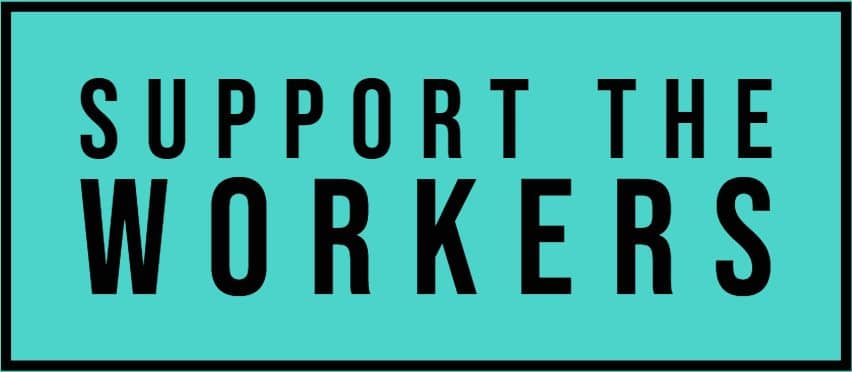Child study teams and psychology/psychiatry services
17th October 2023
To be sure, the psychological services in most public schools help many children. All involved usually are attentive and make valuable contributions to marginal children. The system is not full-proof and an awareness of some of the possible limitations of the public school professional services can be of value to parents and caregivers, as well as to professionals, both scholastic and otherwise. Some of the shortcomings of the educational psychology safety net, is explained by one social worker. In the school in which she works in Newark, NJ, she relates that she is not free to question children as she would like to about the undercurrents of their life that might be responsible for the difficulties they are having in school. Similarly, educational psychologists in the school system, are not necessarily in a position to give children the therapy that they might need on a regular basis, if they have trauma from child abuse or neglect, or other deep emotional problems. Such children need to talk to a mentor or psychologist regularly in order to heal from abuse and to stabilize, however, a child study team would need to refer that child for outside counseling. The parent or guardian might not follow through, or they might not be able to afford such services or have insurance to cover counseling and therapy.(The substance of the preceding information was related by one public school social worker in conveying the limitations of the public school psychology/psychiatry network where she works. January 2009). A child, then, who has suffered abuse of any kind, might be referred to a school psychologist, who rather than offering therapy sessions, prescribes medications, with 10 minute reference sessions with the child once a month. This type of treatment is so common, and so inadequate, that in reality, it can do more harm than good.Many social workers in the school system, end up being counselors, and taking on the role that a clinical psychologist might normally fill on the outside. Social workers, then, have become a key role player in the school system, their work sometimes blending into and overlapping that of the psychologists. Every school system may be a little different in the structure of their mental health system and its application, but one gets the idea of the dynamics as well as the gaps that can exist, where a child, for a period of years, is shuffled about, without the needed therapy or mentoring that is necessary, and where sporadic treatment with medication is the norm. At times, caregivers might not give medication regularly to the child, or use it more as a form of punishment, or it might become a battle of wills between a resistant child and a caregiver. Treatment, then, and medication in the way it is actually applied in real life situations, is never as straightforward as in a textbook setting. There are social dynamics that come into force, including lack of personnel, time and resources, and often times, it is those in the lowest economic brackets for whom the most difficulties arise in terms of mental health, especially for children. Whatever parents and caregivers can do, then, in the way of self help, is a most important aspect of mental health treatment and prevention for children, and in the school setting. Parents who are diligent and educated on how they personally can help their children, are those who most likely will be most successful. |
